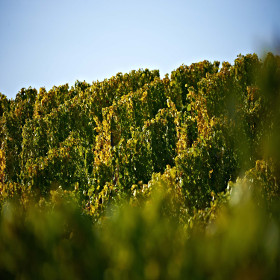Winery beak
Our winery in the heart of Rheinhessen is waiting for you, taste delicious wines in a stylish ambience. Treat yourself to a few cozy hours, we spoil you with small delicacies from the winery kitchen. After a wine tasting, our charming apartment and our newly built guest room offer you an ideal accommodation. We are looking forward to your visit.
On the estate only German is spoken.









